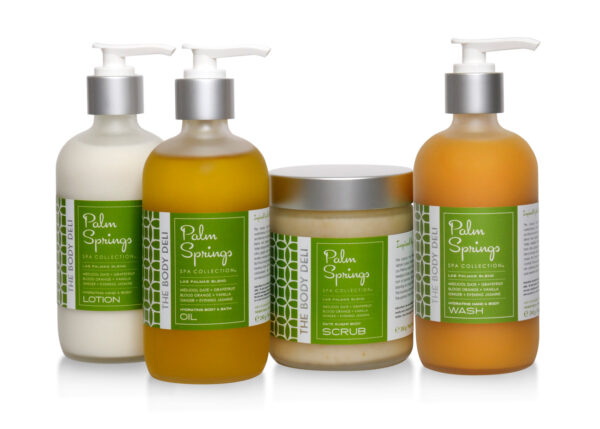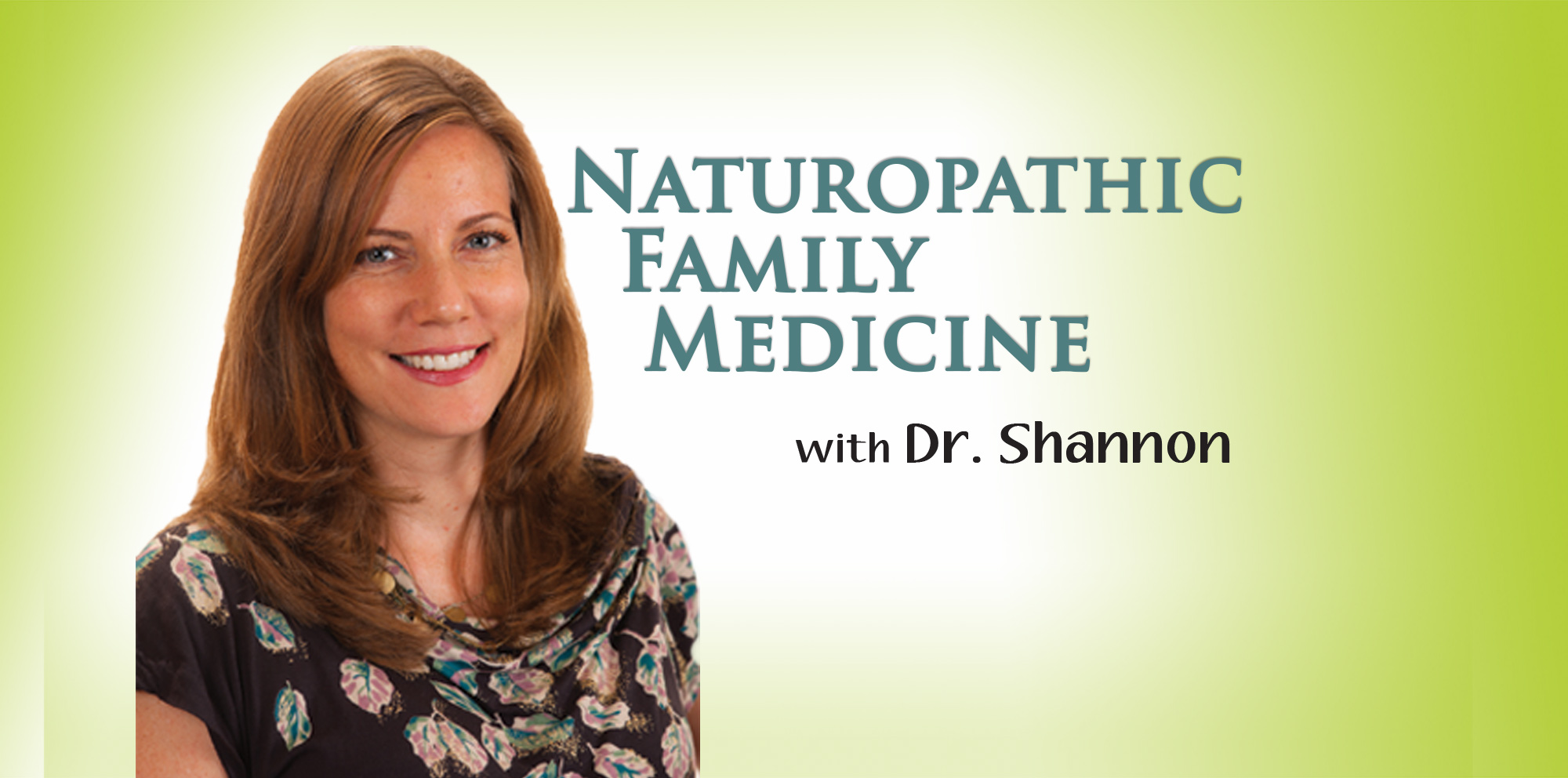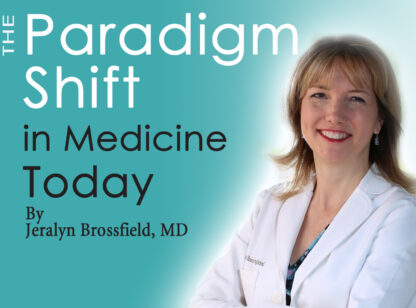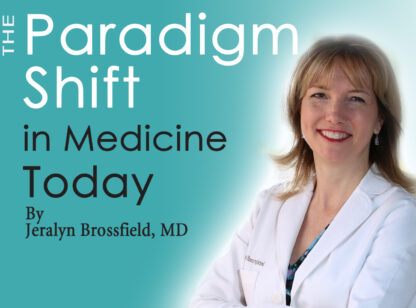Environmental toxicants are ubiquitous in conventional body care products and can negatively affect both adults and kids. Reducing the burden of toxicants on the body includes purchasing and using non-toxic personal care products. There is a varying degree of toxicity in different types of products and replacing certain products can have a more positive effect than others.
Following is a list of categories ordered by toxicity, so you can prioritize replacement from more toxic to less toxic products.
Sunscreen
Sunscreen is at the top of the list as it contains many chemicals such as oxybenzone, octisalate, octocrylene, homosalate and octinoxate which have been studied for their potential as endocrine disruptors which imbalance hormones in the body. Oxybenzone has been shown by the CDC to be present in 96 percent of Americans tested for presence of the chemical1 and there has been a correlation for lowered testosterone levels in adolescent boys who have higher levels of oxybenzone in their bodies.1
Non-toxic sunscreens are free of benzones, including the list of chemicals above. Sun protection without toxicity is achieved with titanium dioxide, zinc oxide, and Mexoryl SX. Avobenzone has been shown to be a safer benzone ingredient of the chemical family, but products without this ingredient are preferable.
Body Lotions

Body lotion has an increased toxicity potential because of its method of application. A product that is placed or rubbed into the skin for long term, all day use has longer exposure to absorption and potential toxicity. There are many ingredients often used in lotion that have potentially harmful effects including parabens, DMDM hydantoin, butylated hydroxyanisole (BHA), butylated hydroxytoluene (BHT), polyethylene glycol (PEG compounds), retinyl palmitate, and fragrance or perfume. These chemicals have greater concern as carcinogens and hormone disruptors; however, the list of toxic or potentially toxic products in lotion is extensive.
It is best to simply stick with products whose ingredients are recognizable. A non-toxic lotion will contain non-chemical named ingredients from whole products such as shea butter, coconut oil, jojoba oil, calendula, vitamin e, and essential oils. Like whole food, whole body care should have a short list of recognizable ingredients.
Deodorant
Deodorant is one of the scariest products to switch from potentially toxic to natural because of the concern of odor or sweat. Deodorants use a combination of natural antibacterial and antiperspirant to achieve their goals. However, typical antiperspirants used to eliminate odors are an aluminum-based compound and a combination of synthetic chemical compounds, and placing these ingredients near the lymphatic drainage system to block the release of toxins in the body through sweat can cause congestion and toxicity.
Using products that naturally absorb moisture with baking soda or arrowroot and a combination of essential oils to break up odor-causing bacteria while providing natural fragrance are the most effective.
Toothpaste
There is one primary ingredient in conventional toothpaste that is of concern: triclosan. Triclosan is used as an antibiotic to prevent issues such as gingivitis. However, there is concern the ingredient is associated with antibiotic resistant organisms, and it may cause endocrine disruption.2 In children, a current concern is that the volume of toothpaste used daily (which may be partially swallowed) is too much. Toothpaste is not made to be consumed, so there is concern that children are ingesting excessive levels of triclosan, fluoride, and additives such as aspartame. Excessive fluoride has been shown to affect neurological development in children.3
Toothpaste should contain non-toxic ingredients to control bacterial overgrowth and plaque formation. Natural toothpastes use baking soda, silica, charcoal, peppermint oil, or grapefruit seed oil to achieve these goals.
Hair Care
As with body care, there are numerous toxic chemicals used in shampoo, conditioner, and hair styling products. The most common are phthalates, ammonium lauryl sulfate, sodium laureth sulfate (SLES), sodium lauryl sulfate (SLS), parabens, polyethylene glycols (PEG), diethanolamine (DEA), triethanolamine (TEA), formaldehyde, synthetic fragrances, and synthetic colors. Each ingredient can have a different effect, but essentially the concerns are carcinogenic effects and possible endocrine disruptors.
Acceptable hair care products can be hard to decipher because even natural products often use a single natural derivative with a chemical compound name rather than a whole ingredient name. Hair care products should be purchased from a familiar company or reputable health food or natural body care store. Perusing a local health food store with a qualified store assistant is the best way to become familiar with non-toxic hair care products. I strongly recommend buying locally from The Body Deli, a fresh, raw organic body and hair care provider.
A change from trusted body care products can be daunting; however, the benefits from reducing the daily intrusion of unnecessary toxicants can improve health from infancy and beyond.
Shannon Sinsheimer, ND, is a state licensed naturopathic doctor with a focus on fertility, family wellness, and pre-conception health and can be reached at Optimal Health Center in Palm Desert (760) 568.2598.
References:
1) https://www.ewg.org/sunscreen/report/the-trouble-with-sunscreen-chemicals/;
2) https://www.fda.gov/consumers/consumer-updates/5-things-know-about-triclosan;
3) https://www.hsph.harvard.edu/news/features/fluoride-childrens-health-grandjean-choi/













































Comments (0)